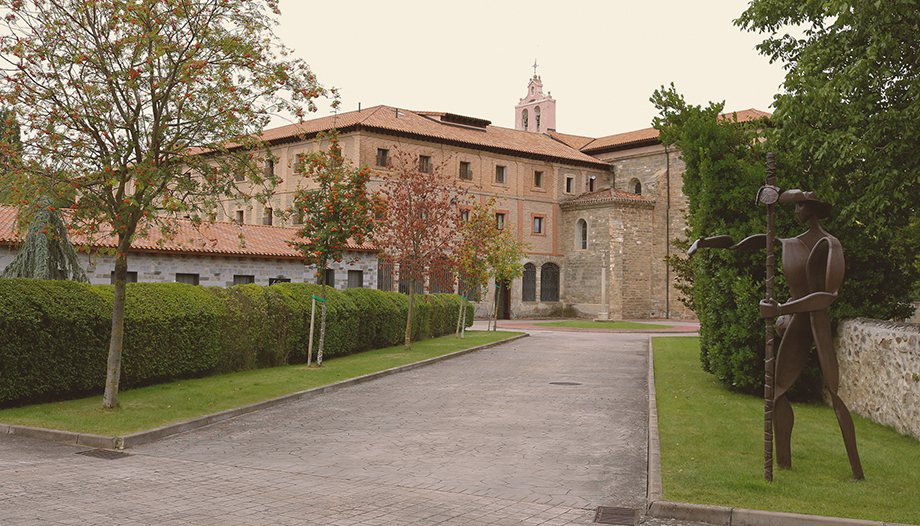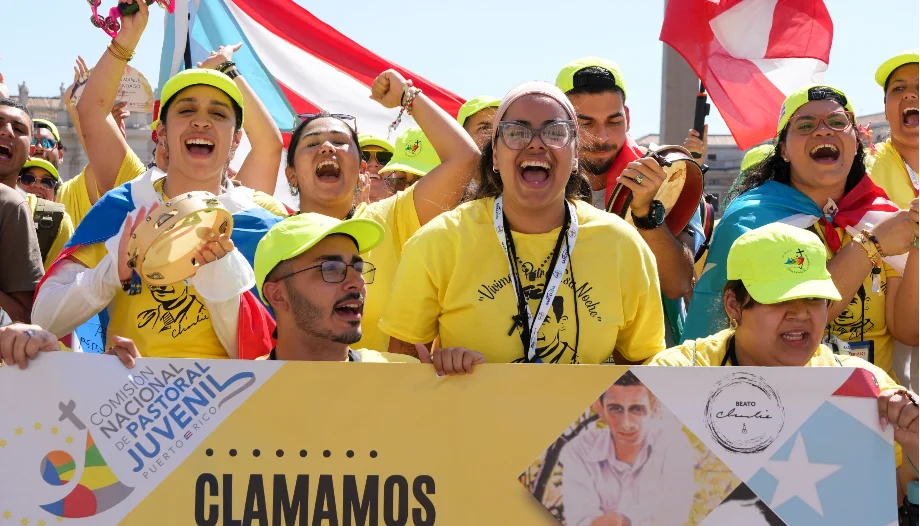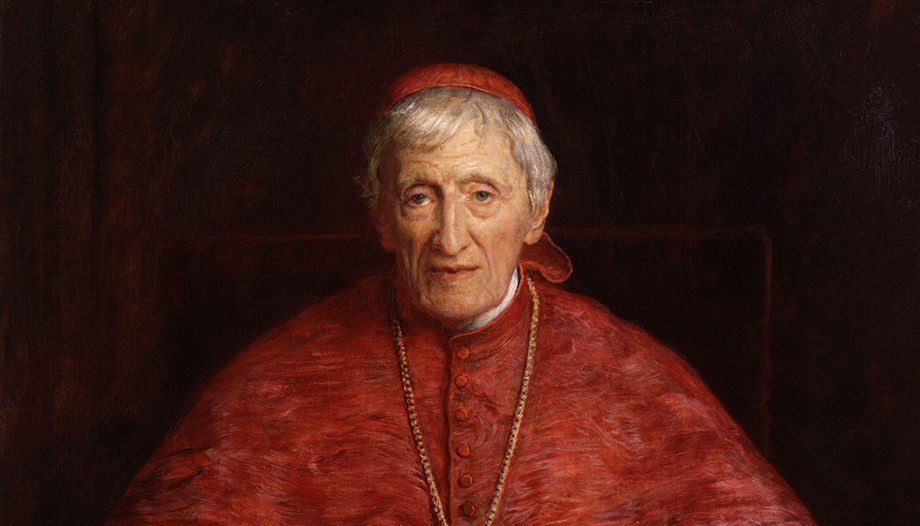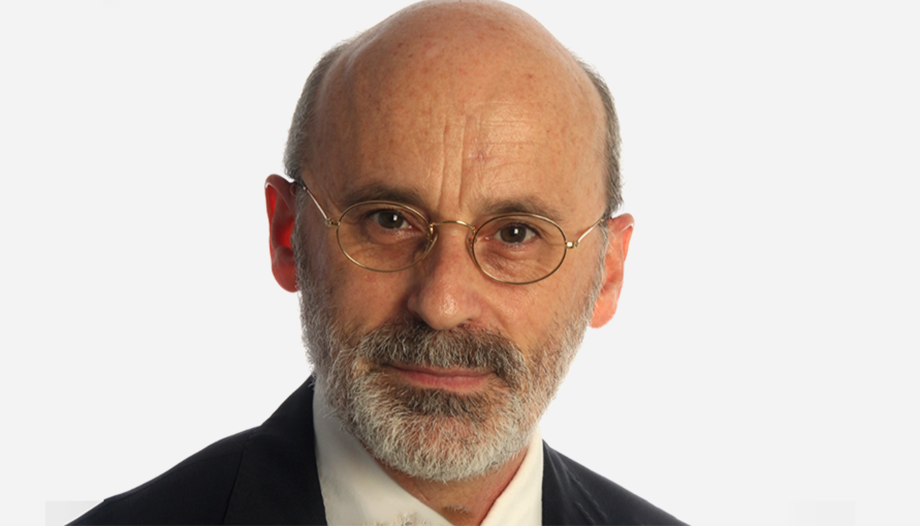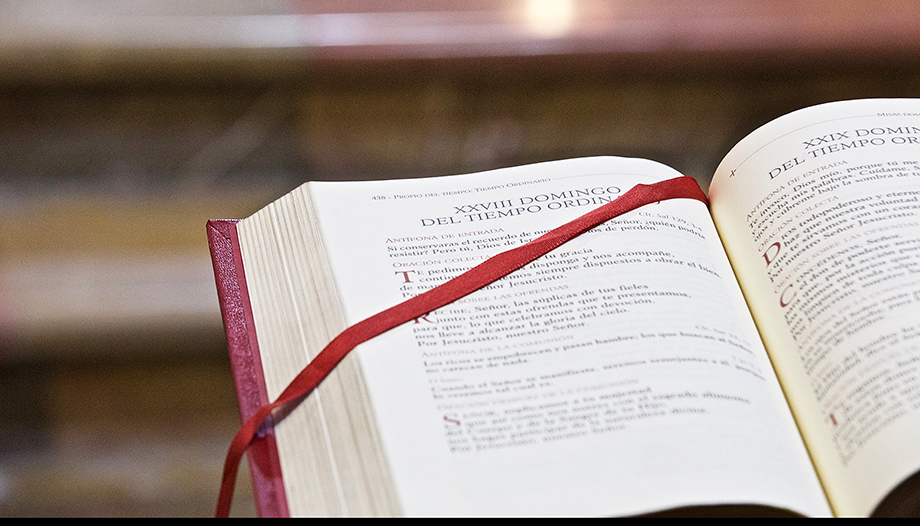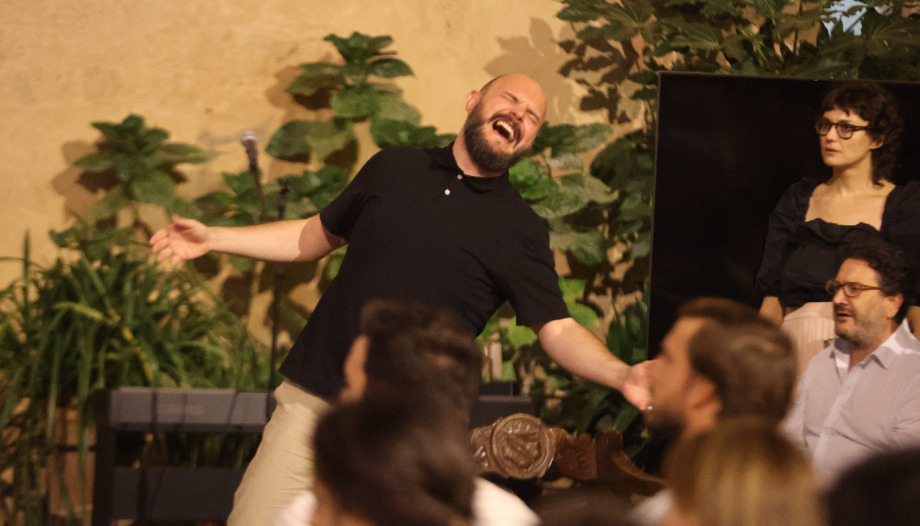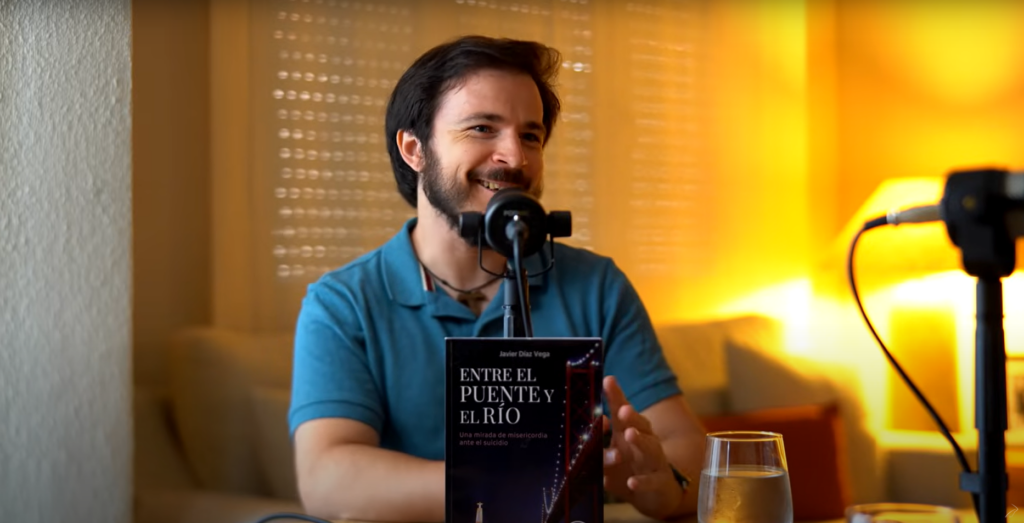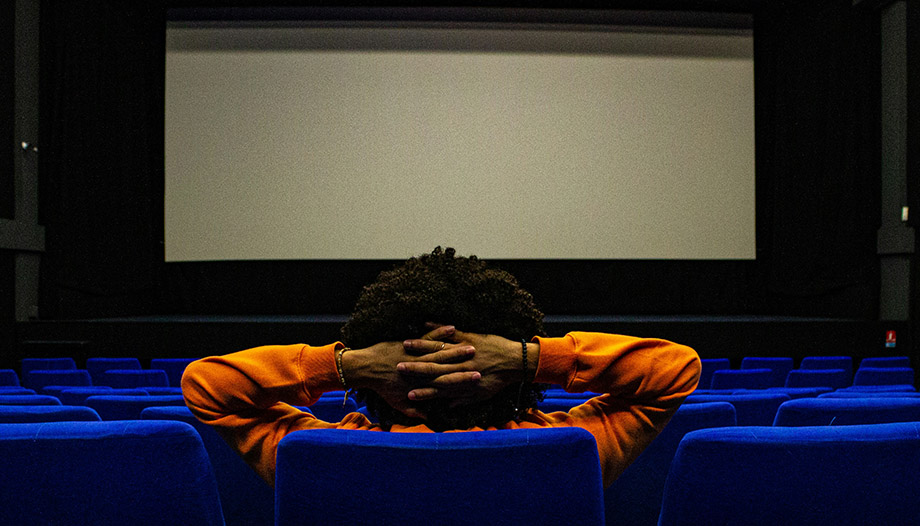Of Salome we know from the Gospels that she was the wife of Zebedee, a fishing skipper of the lake of Gennesaret, mother of two apostles, James and John, the Lord's favorite, that she was at Calvary and that on the morning of the Resurrection she went to the tomb, together with other women, to embalm the body of Jesus. We are told, moreover, that she had the audacity to ask Jesus that in his kingdom his sons would sit, one on his right and one on his left. In addition, she could be the sister of the Virgin Mary, a title she disputes with Mary of Cleophas. On this particular we do not have sufficient documentation to give a definitive answer, the most we can do is to make some conjectures of its congruence.
What the New Testament tells us
In the Gospel of John 19:25 we read "standing by the cross of Jesus were his mother and his mother's sister, Mary the wife of Clopas, and Mary Magdalene". As parallel places in the synoptics, we have on Calvary, according to Matthew 27, 56: "there were Mary Magdalene, Mary, the mother of James and Joseph, and the mother of the sons of Zebedee"; and according to Mark 15, 40: "there were Mary Magdalene and Mary, the mother of James the Less and Joseph, and Salome".
All of them, as present at Calvary, name Mary Magdalene. On the other hand, it is common to identify Mary, wife of Cleophas, with Mary, the mother of James and Joseph, and likewise, Salome with the mother of the sons of Zebedee. On the contrary, the mother of Jesus is not mentioned in the synoptics and appears only in John 19, 25, without naming her.
It is worth asking who this "sister of her mother" is, because there is no record that Mary had a sister. The Greek term used is adelphèThe term "brother" is used to designate the natural sister of the same parents or of only one. However, in biblical Greek it could also designate a close relative, since in Aramaic the term "brother" has a greater linguistic extension than in Greek, so that a simple kinship relationship would be possible. And also, how many women are mentioned in John's text, four, or three. In Matthew and Mark we have three women, but neither of them names the mother of Jesus. And if the sister of Jesus' mother was Salome, why does John omit her name?
As a summary, from the reading of the Gospels, Jesus was accompanied at the crucifixion by a group of women who followed him from Galilee, among whom his mother and three others, Mary Magdalene, Mary of Cleophas and Salome, stand out. The one cited by John as "his mother's sister" could well be Salome or Mary of Clopas.
What commentators tell us
In the exegetical commentaries on John 19:25 it is common to suggest two possible readings, without leaning toward either of them. One could read: "Beside the cross of Jesus stood his mother and his mother's sister, Mary the wife of Clopas and Mary Magdalene", that is, four women. Or, three women, "beside the cross of Jesus were his mother and his mother's sister, Mary the wife of Clopas and Mary Magdalene". Both readings of the text would be valid. If the first is accepted, it is unanimous that this unnamed woman can be none other than Salome, the mother of the "beloved disciple". According to the second, Mary of Cleophas would be a first cousin or sister-in-law of the Virgin Mary.
"– Supernatural Jerusalem BibleThe "The author merely notes in a footnote that Mary's sister would be "either Salome, mother of the sons of Zebedee or, joining this designation to the one that follows, "Mary, wife of Cleophas".
In the "Commentary on the Holy Scripture Verbum Dei". On John 19, 25 we read: "the balance of this initial enumeration leads us to distinguish not three, but four women by the cross of Jesus. The disputed point is whether "his mother's sister" is Mary of Clopas or another cousin of our Lady. The general predilection for anonymity and John's reticence would suggest that, if it is the latter, we should identify her with Salome, his own mother, who was certainly at Calvary that day".
In the Exegetical Dictionary of the New TestamentIn the voice "Salome" it is said: "it has been deduced that Salome was the wife of Zebedee (cf. Mt 20:29). Sometimes she is also identified with the sister of Jesus' mother (cf. Jn 19:25)".
M. Rey Martínez, in "The Apostle James and the Virgin Mary"."tells us that the opinions of the exegetes are divided. Thus, J. Leal, after maintaining that "Mary's sister" was identified with Salome, opts for Mary of Cleophas, while Father Lagrange, having hesitated for a long time, decides for Salome. For others, it is an insoluble issue, since the text of St. John is ambiguous. For Rey Martinez, the fact that Salome is the one cited is the key to understanding two passages of the Gospels, such as Salome's petition on behalf of her children and the surrender of her mother to the Apostle John on the Cross. In "Salome, in the time of Christ"J. Fernández Lago reaffirms this opinion, because of the light he sheds on reading these passages, for which it would be difficult to find any other plausible explanation, so that, if we cannot speak of certainty, at least we can speak of a very strong probability.
In a footnote on this Johannine text, G. Ricciotti, in his "Life of Jesus Christ"The author comments that "there has been much discussion as to whether this list includes four or three women, that is, whether Mary (wife) of Cleophas is to be considered a continuation of the preceding one. his mother's sisteror if it designates a different woman. The old Syriac version listed here four women, which seems more probable, among other reasons, because Mary of Clopas, if she had been the sister of the mother of Jesus, would have had the same name as her". M. Rey Martínez is also of this opinion, arguing that the rhythmic construction of John 19, 25 demands a structure of two women by two, the first unnamed, the second with her name, so as not to be truncated.
In Catholic literature, when dealing with Salome or her children, it is not infrequent that reference is made to the possibility that they were relatives of Jesus. Encyclopedia of Catholic Religionin the voices "Salome" and "Relatives of the Blessed Virgin". However, in the voices of "Santiago" and "Juan" of the same work, nothing is said of such a possibility. Likewise, in Christianity and its heroes"The book, which brings together a short review of the saints of the day, in speaking of Salome, tells us that "she was a close relative of the Blessed Virgin and wife of Zebedee, and from her marriage with him were born the apostles James and John, also relatives, therefore, according to the blood, of the Divine Savior of the world". On the feast of St. John, December 27, he comments that "to Salome a close bond of kinship united her to the family of Jesus, and John had the honor of being, according to the flesh, cousin of Jesus. At least this is what many fathers of the Church say". On the other hand, on the feast of St. James the Greater, any reference to this kinship is omitted.
The voice of "John the Apostle" reviewed in Wikipedia (18.07.2025) points out that from the text of John 19, 25, the question arises as to who was the "sister of his mother". Raymond E. Brown in his work The death of Messiah, offers a comparative table of the women who appear in the scene of the crucifixion in the different gospels, from which it could be inferred that Salome was not only the mother of the apostles James and John, but also the sister of Jesus' mother. However, Brown himself and other authors point out that the risk of going too far in this inference is evident. This interpretation, he adds, would explain, from a merely human point of view, why Jesus would have entrusted the care of his mother to the Apostle. Many interventions have been made against this identification, almost as many as scholars have examined them, which is not infrequent in biblical studies. It has also been suggested as a possibility, following Brown, that Zebedee was from a priestly family, owner of a fishing company, supplier of fish to the families around the Temple of Jerusalem, and of the houses of Annas and Caiaphas, which John knew well. There would thus be a relationship of kinship of Mary, mother of Jesus, with Salome, mother of James and John, and with Elizabeth, mother of John the Baptist, all of them descendants of Aaron.
As to whether there were four or three women designated in the Gospel of John, there are two solutions: either we have four women, which would be the mother of Jesus, who is not mentioned in the synoptics, plus the three mentioned by Matthew and Mark, so that "the sister of his mother", whose name is not given, would be Salome, or only three, if John omits the presence of his mother at all, so that the title of "sister of Mary" would apply to Mary of Cleophas. The fact that John does not mention his mother's name would be in line with the fact that he always omits his own, referring to himself as "a disciple" (cf. John 1, 35, 2, 2, 2, 13, 23, 18, 15, 19, 26-27, 20, 2 and 20, 8).
We could go on at length in the expositions of the various commentators, of those who have not dealt with this subject, who are the majority, of those who have succinctly exposed it, and of those who have given their opinion in one sense or another, but always expressing the openness of the question, without giving a decisive answer. Suffice it to say.
What the patristic sources tell us
The tradition of the first centuries of the Church does not pay attention to Salome, mother of James, nor to the possible kinship of her children with Jesus. There was, however, an important turn around the figure of Mary of Cleophas, as the faith of the Christian people was discovering, with firmer light, the perpetual virginity of the Virgin Mary, so it was necessary to give an explanation to the various passages of the Gospels in which the mother of Jesus appears with his brothers, which in Greek is described with the term of adelphoi, which designates siblings of the same parents or at most of the same progenitor, although in Hebrew and Aramaic the term "cousin" does not exist as a term of kinship, so the generic voice of "brother" is used. The question was who were the parents of Jesus' brothers?
A first explanation was to attribute these brothers of Jesus to a previous marriage of Joseph, who was widowed after having several sons and daughters, before his betrothal to Mary, already an old man, as related in the apocryphal gospels of the Lord's infancy, beginning with the Protoevangelium of St. JamesThis was followed by numerous ecclesiastical authors and by the Byzantine and Eastern churches. This is the origin of the traditional figure of St. Joseph, an old man, in the pictorial representations of the Birth of Jesus.
There were also those who simply maintained that the brothers of Jesus were the children of Joseph and Mary, since the Gospels always speak of them and find them at his side. Of this opinion was Helvidius, an author of the fourth century. In reaction, St. Jerome wrote Against Helvidio in defense of the perpetual virginity of the Virgin, arguing that, in biblical Greek, this could be translated as adelphoi also as close relatives, concluding that the "brothers of Jesus", James, Simon, Jude and Joseph, were sons of Mary of Cleophas, who according to John 19:25 would be the sister of the mother of Jesus. In order to reinforce this kinship, we even have that in the Gospel of pseudo-Matthewpossibly written in the 7th century, it is stated that Mary of Cleophas was the daughter of this one and of AnaMary's mother, married for the second time after being widowed by St. Joachim.
Others saw the solution by another way, leaning on that diverse authors, like Hegesipo, quoted by Eusebio de Cesarea in his Ecclesiastical History, expose that Cleophas was brother of Joseph, and therefore the kinship of their children with Jesus, would be by this paternal way. Thus Mary, mother of James and Joseph, of whom Matthew and Mark speak to us, and whom we identify with Mary, wife of Cleophas, would be sister-in-law of Mary, mother of Jesus. This is the predominant position in the Catholic tradition. According to this explanation, the expression "sister of his mother" of John 19, 25 could be applied to Mary of Cleophas, being her sister-in-law, because of the ambivalence of the Semitic expressions of the family environment.
Consistency of Salome being Mary's relative
From all the above we can conclude that there are no evidential arguments to affirm that Mary and Salome were relatives, since it does not appear explicitly neither in Sacred Scripture nor in tradition. However, that Salome was a relative of Mary, and that, therefore, James and John were also related to Jesus, would shed light on several facts narrated by the Gospels:
- The closeness and trust of the young John with the Baptist, and the invitation of Jesus to stay with him (cf. John 1:26-39) that day in his dwelling, at the beginning of his public life, facilitated by having the three bonds of kinship.
- The probable presence of James and John at the wedding of Cana, of which only the Gospel of John gives us news in chapter 2, in which they were also invited, besides Mary and Jesus, his disciples, who can be none other than the sons of Zebedee, which would be explained if they all belonged to the same family environment, settled in Galilee.
- Salome's request to Jesus, narrated in Matthew 20, 20-28 and Mark 10, 35-45, that her two sons sit in her Kingdom, one on her right and the other on her left, in its logic and evaluation, depends on what was Salome's position with respect to Jesus, if of a close relative who would endorse her pretensions, or of a stranger, which would make them totally improper, no matter how great her motherly affection was. If they were cousins, on the contrary, the request would not lack a humanly reasonable motivation.
- The delivery that Jesus made on the cross of his mother to the beloved disciple, for his legal custody, which would be little understandable if Mary and John had no kinship ties, putting off relatives of the paternal branch, of the nucleus of the "brothers of the Lord" who often appear next to her; and that John took her into his house (cfr. John 19, 27) with what this act meant in a patriarchal type of society. To this we can add that when Jesus left his mother in the care of the "beloved disciple", he would also place her with Salome, his "sister", which would be of great comfort to her, as it was during the Lord's pregnancy, the company of her cousin Elizabeth.
- Peter's entry into the house of Annas, recounted in John 18:15-17, thanks to the "other disciple" who was known to the high priest and who spoke to the doorkeeper, who even knew the name of the servant, Malchus, whose ear Peter cut off. This confidence could be explained if his parents, from a priestly family, were regular suppliers of fish to the houses of Annas and Caiaphas, taking advantage of their frequent trips to Jerusalem, and the young John was well known to the servants of the house.
Certainly, we cannot affirm with certainty that Salome was Mary's sister, understood as a close relative, and her sons James and John, therefore, were Jesus'. However, if they were, these cited texts would be highlighted with a particular light that would help to a greater understanding, like pieces of a puzzle that fit perfectly to give us a picture in which all the pieces would reach to give a coherent vision of the whole.
In any case, the subject of the kinship with Jesus of the "sons of thunder" was of no particular interest to the early Christian community, which tells us nothing about it. On the other hand, the Gospels do explain who are the true relatives of Jesus, because "whoever does the will of my Father in heaven is my brother and sister and mother" (Matthew 12:50 and parallels, Mark 3:35 and Luke 8:21). The bonds of the flesh have their importance, but they are far surpassed by those of the spirit, in which we are all children of the same Father and brothers and sisters in Jesus Christ. The supernatural bond surpasses the natural bond, which is dwarfed and of an anecdotal value in the face of a reality of a higher order.
Saint Salome is dedicated in Santiago de Compostela in a church built in the twelfth century, to honor her as mother of Santiago el Mayor. Her feast day is October 22, which is celebrated with a liturgy approved by the Decree of the Sacred Congregation of Rites of August 28, 1762. In the liturgical texts there is no allusion to the topic here treated, of the possible kinship of Salome with Mary, mother of Jesus.
The authorJosé Luis Ipiña 



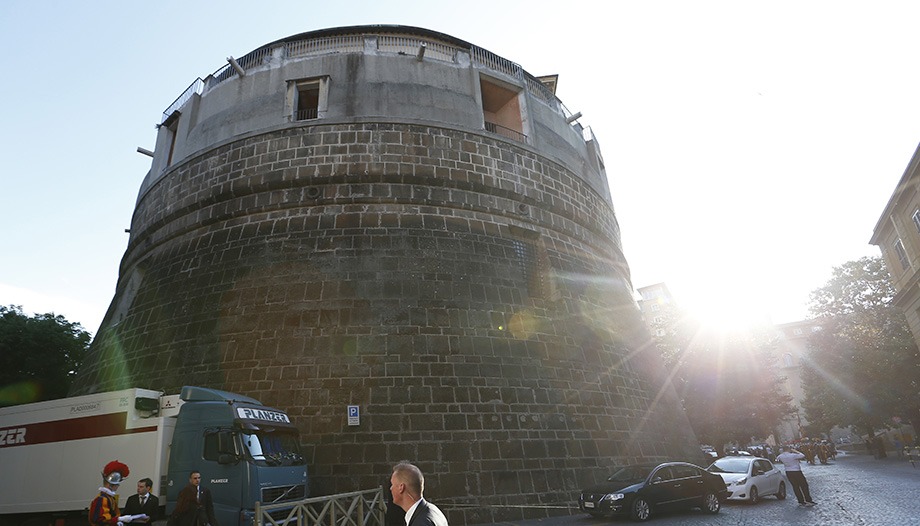



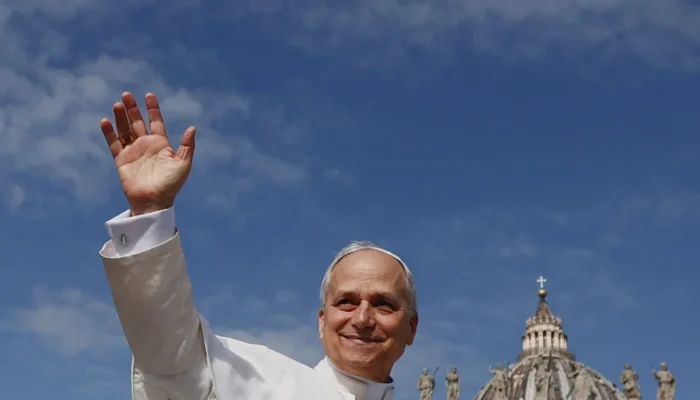
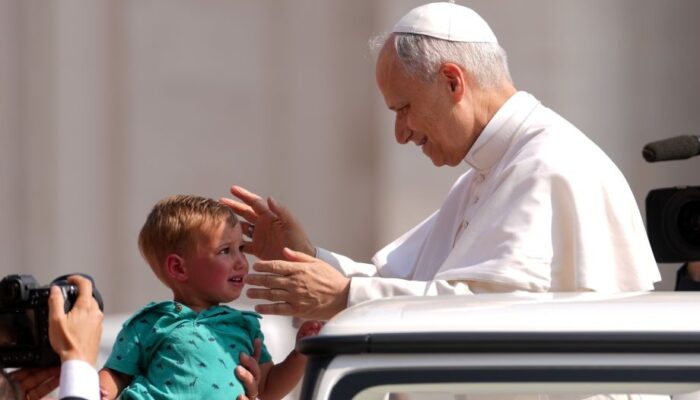

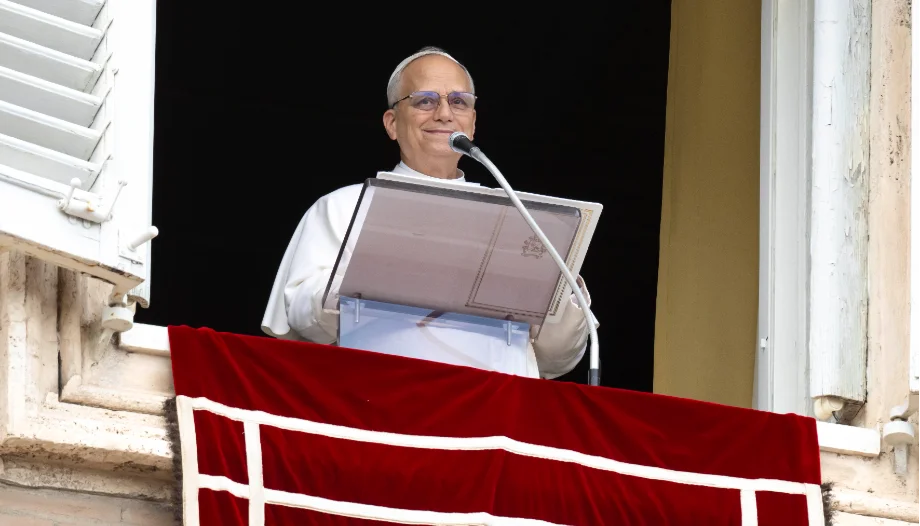
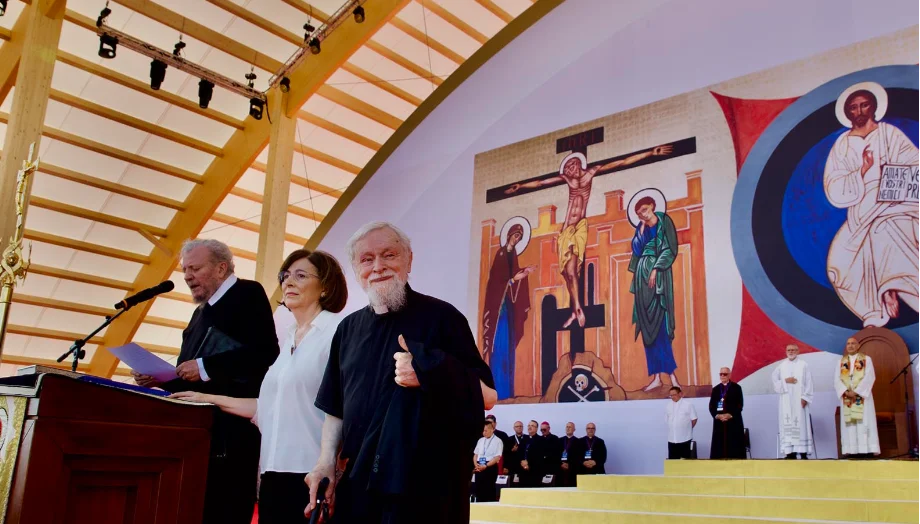
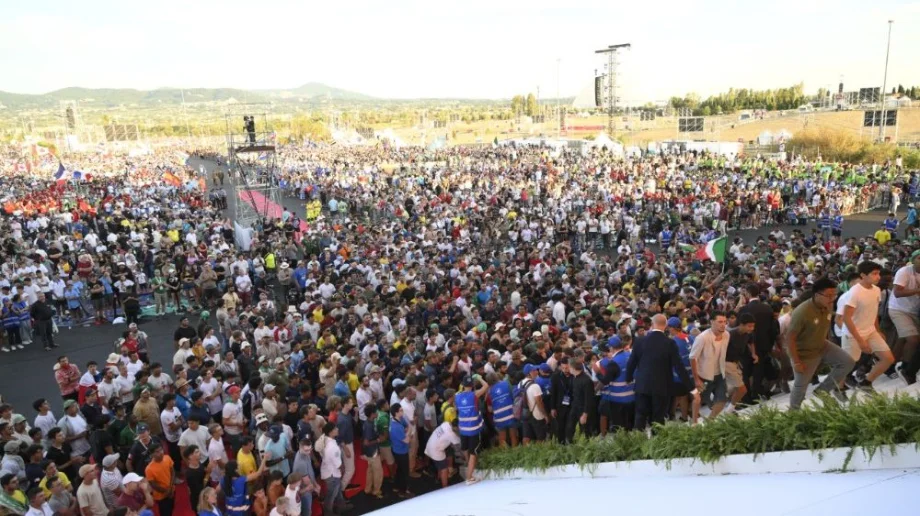
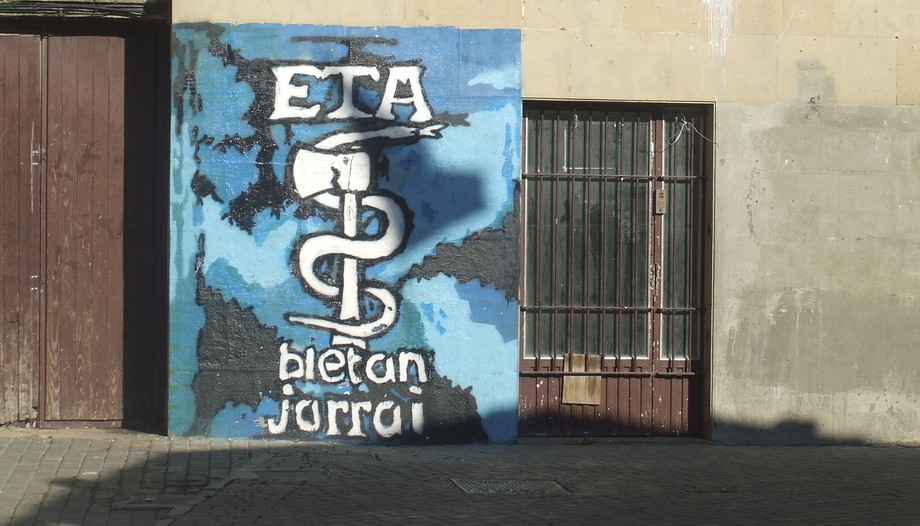
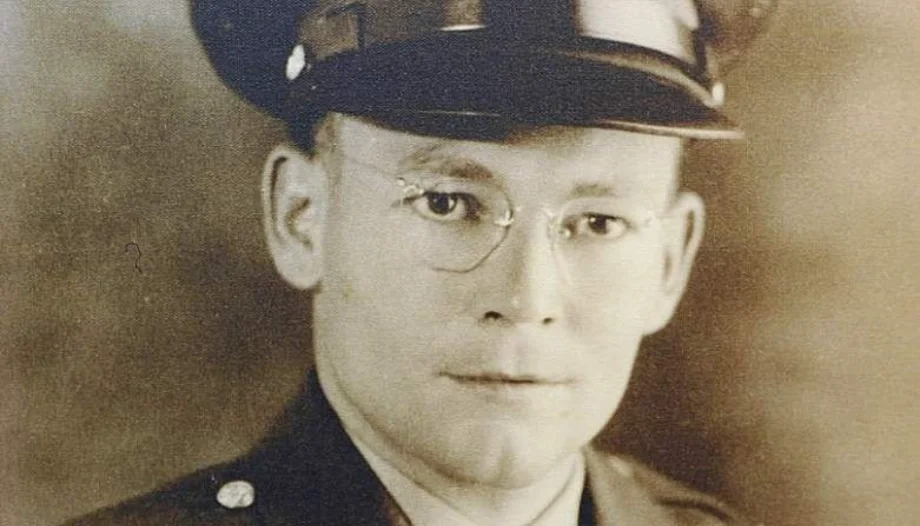
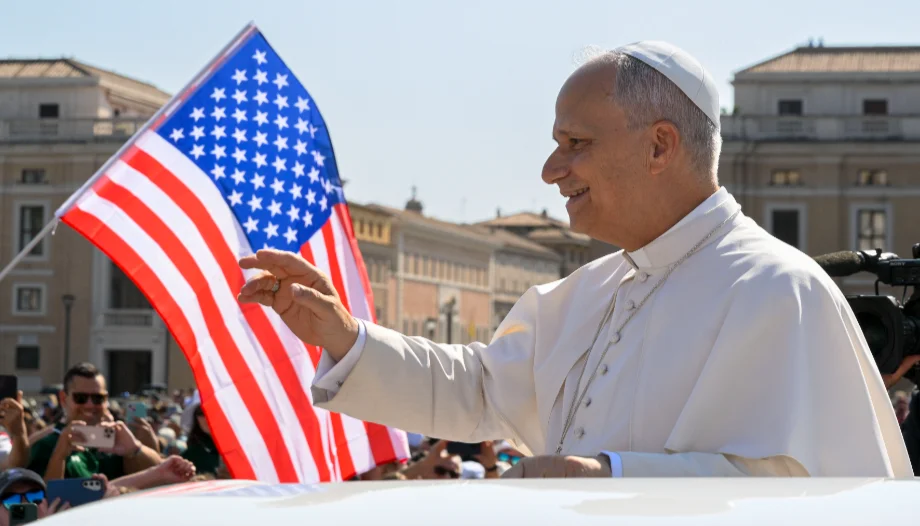

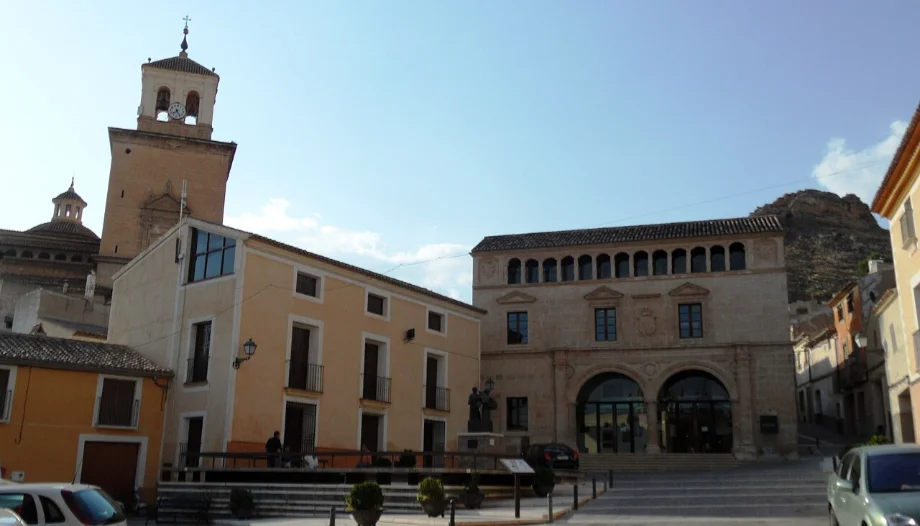
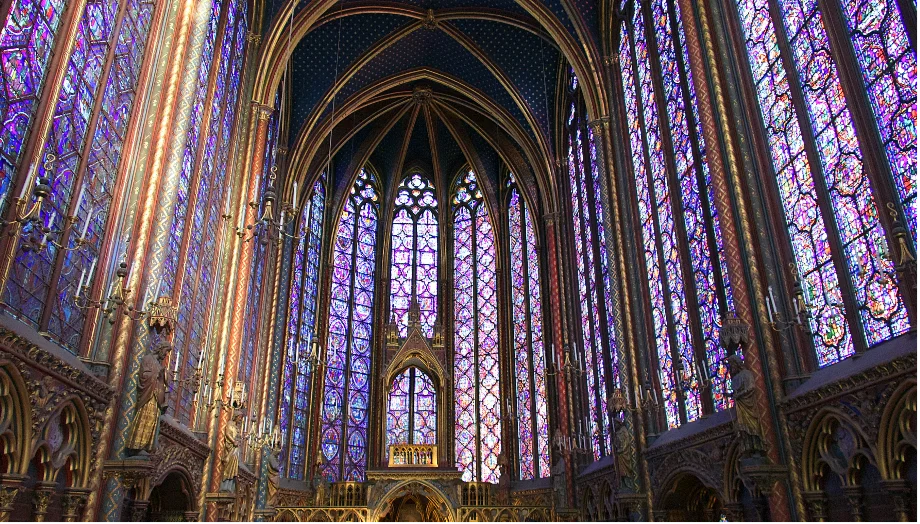

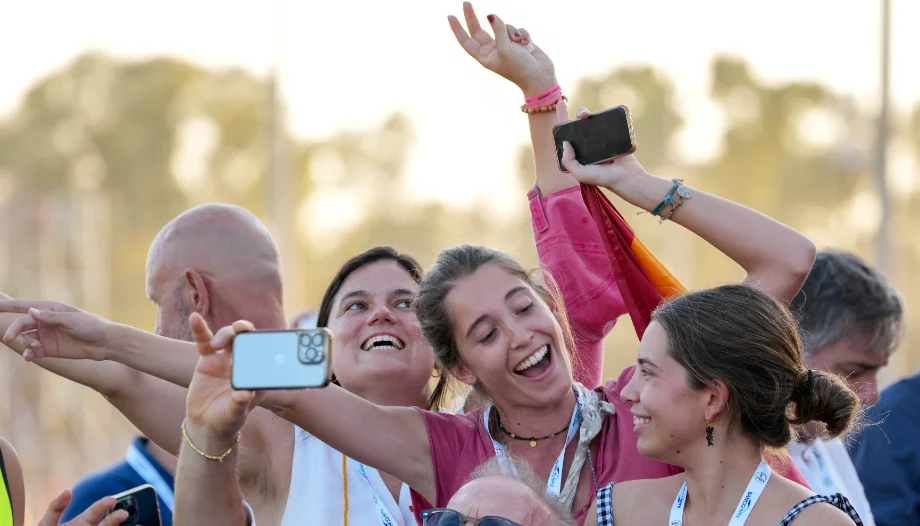


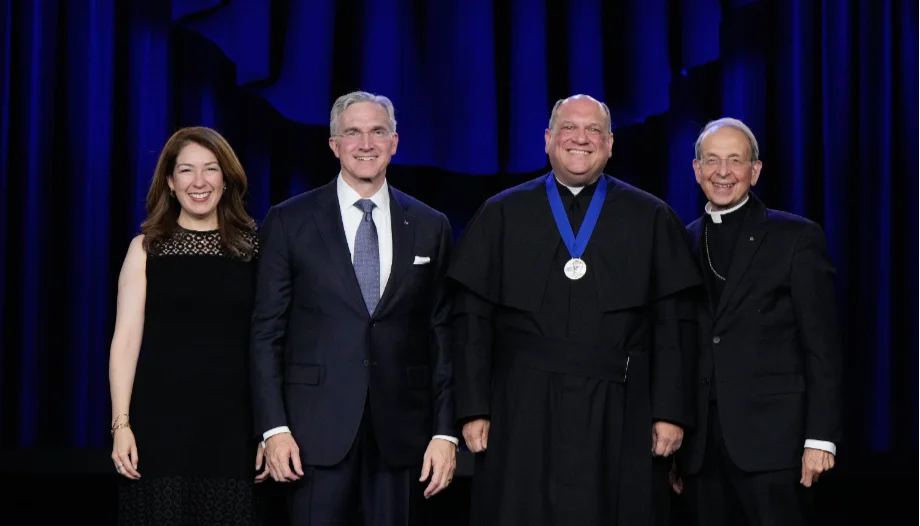




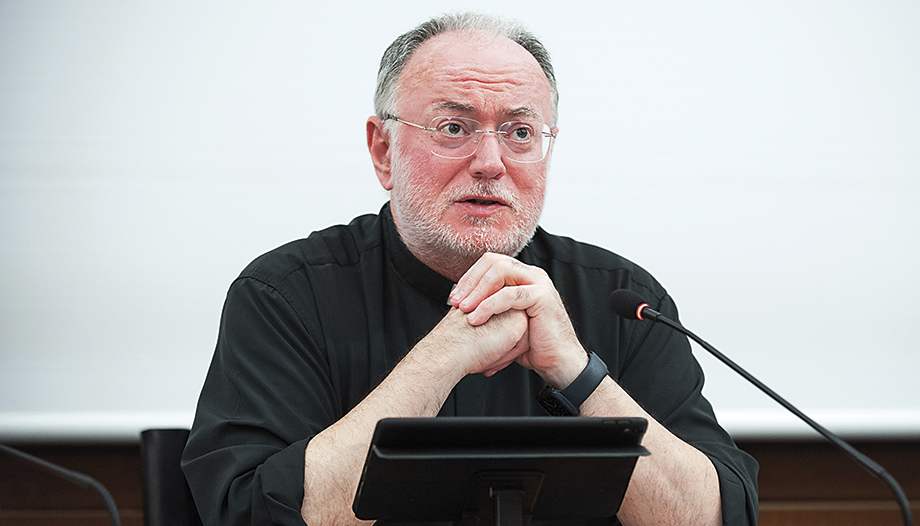
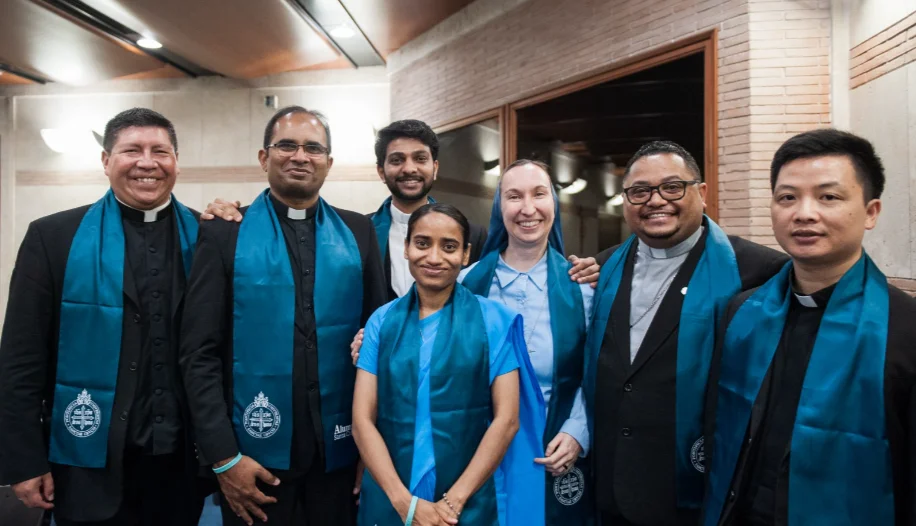
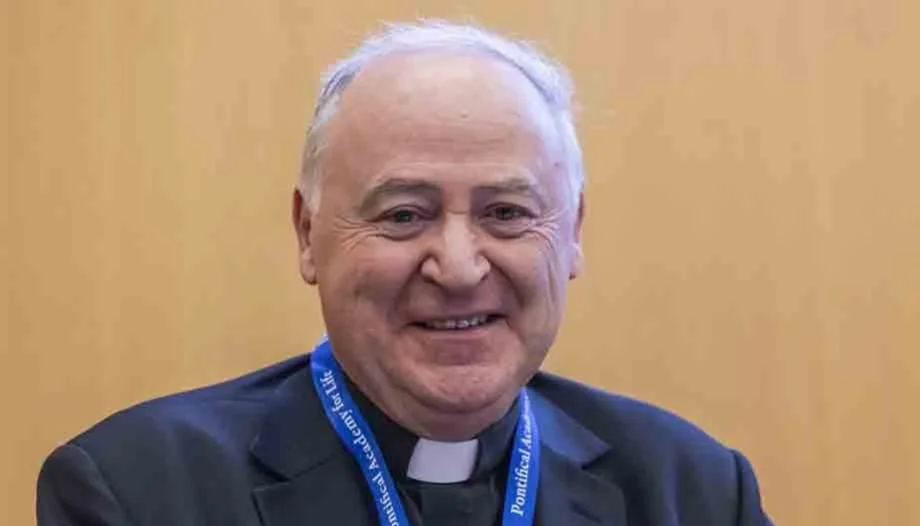
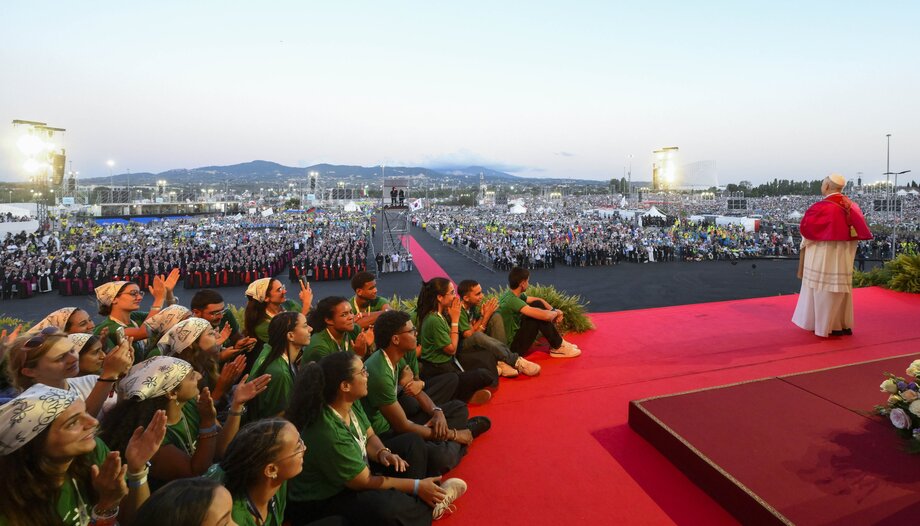
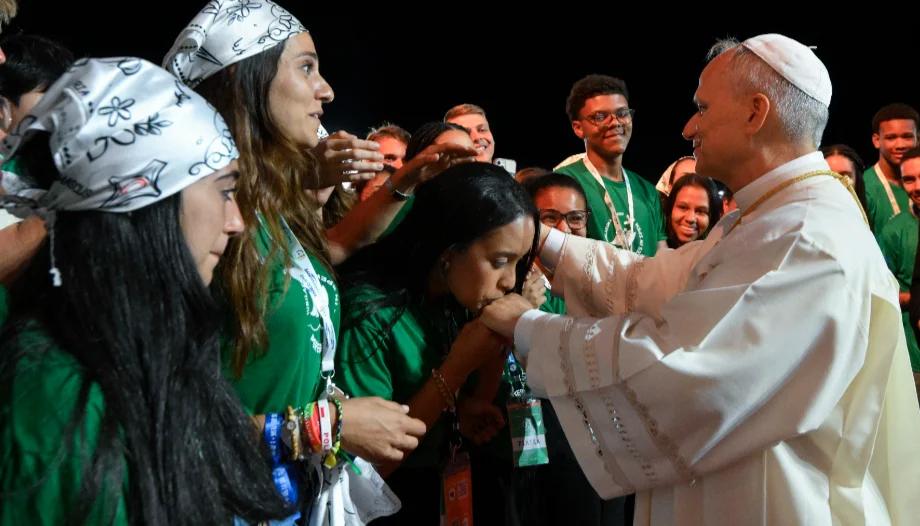
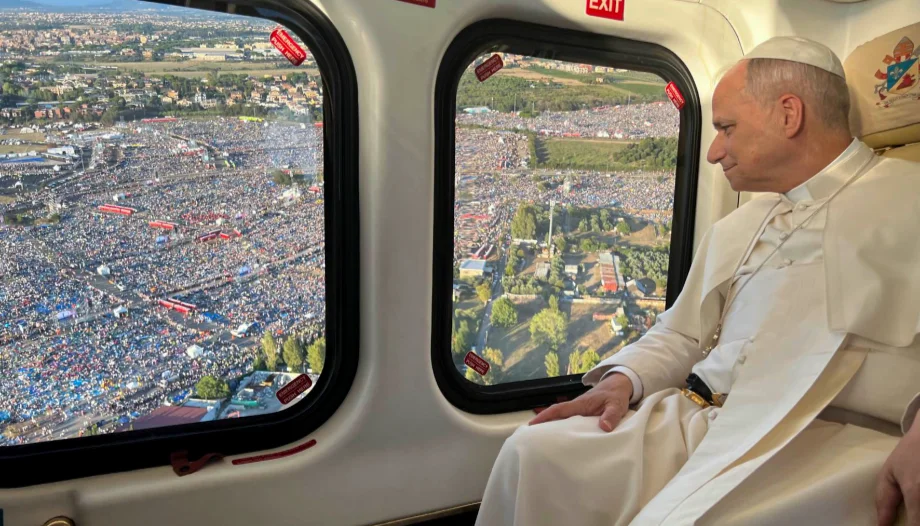
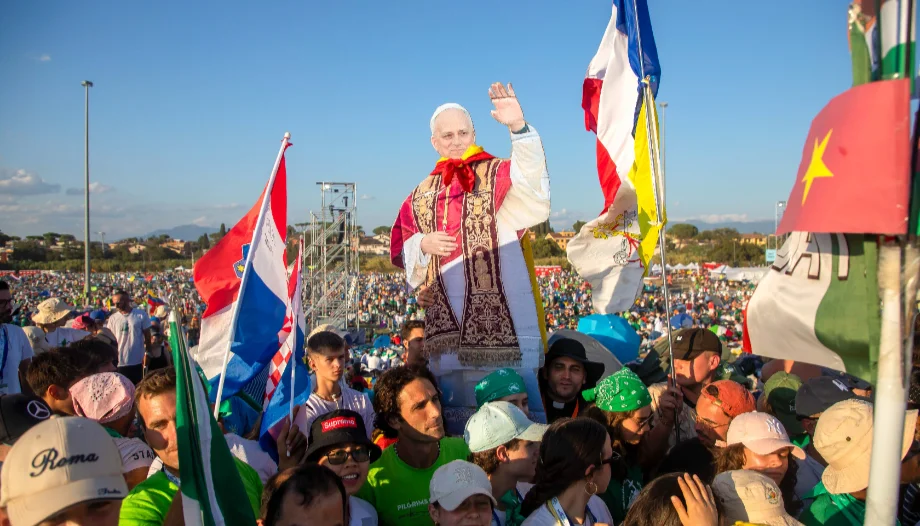

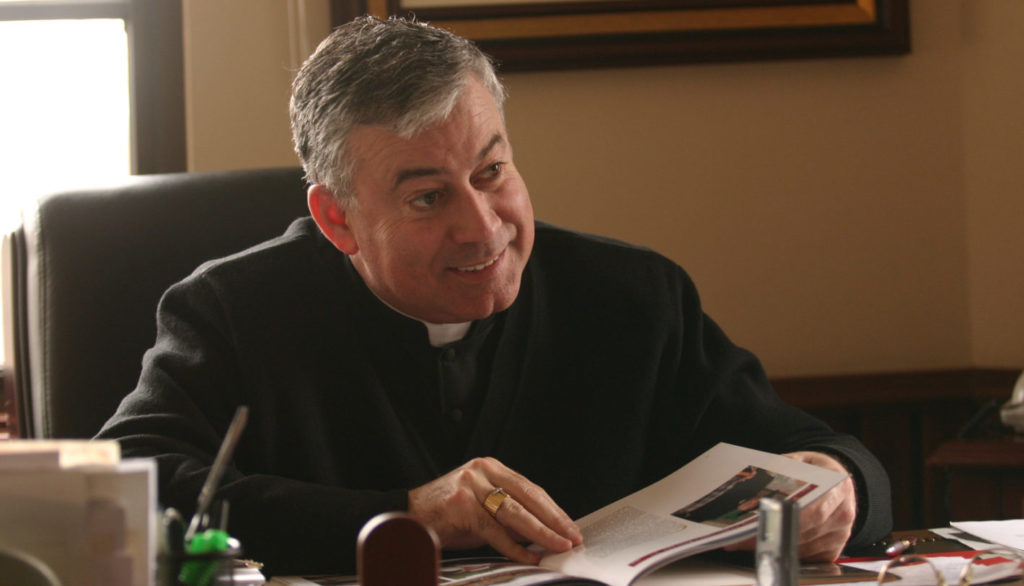

 How to get your child to read and become literate this summer
How to get your child to read and become literate this summer